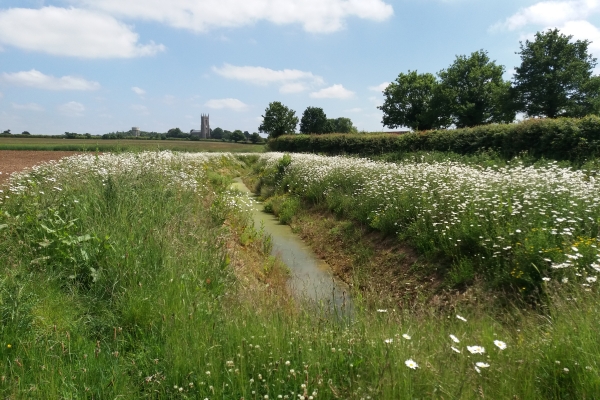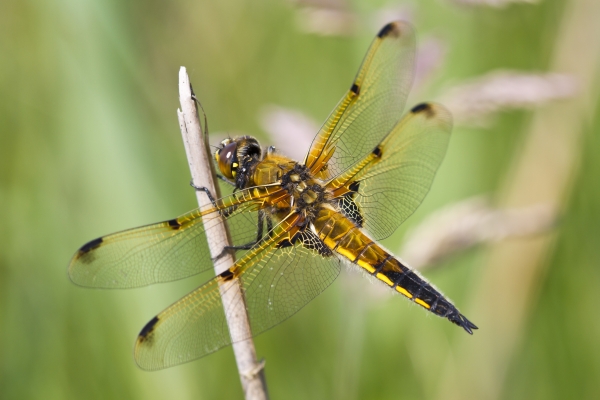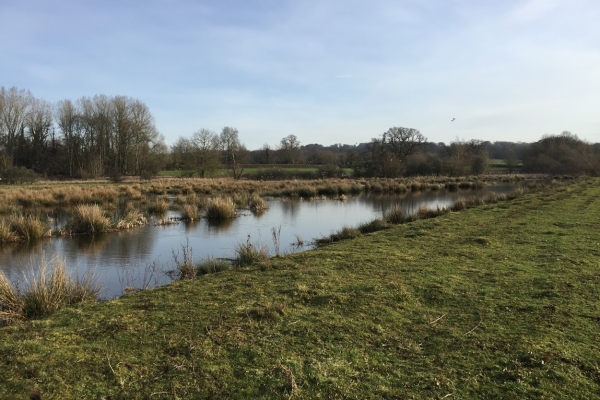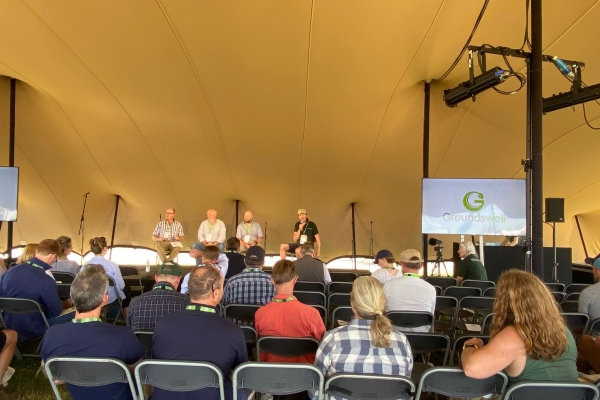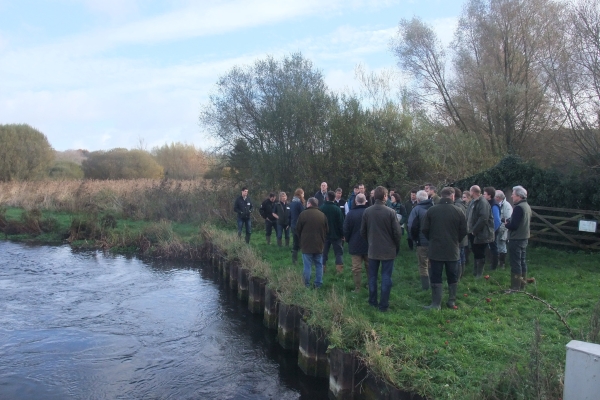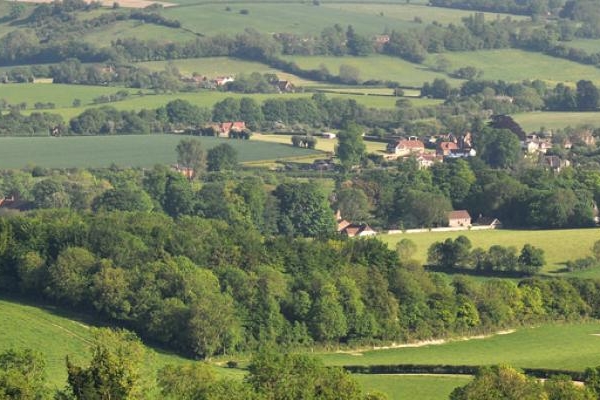River Glyme habitat restoration
Resource explained
This video is a record of the river restoration project undertaken by the Evenlode Catchment Partnership on the River Glyme at Stratford Bridge. It shows key moments during the restoration process and provides an overview of the expected benefits to the catchment in terms of its ecology, reduction in flood risk and water quality.
Findings & recommendations
Key messages are:
- Careful physical restoration of a damaged river channel has the potential to improve instream habitat for a range of species.
- Raising the bed by introducing stone and gravel not only improves instream habitat but also increases hydrological connectivity with the surrounding flood plain.
- This in turn improves floodplain ecology, attenuates flood flows and traps sediment and nutrients that would otherwise remain within the channel to its detriment.
- Monitoring of river flow has shown that the impact of the work can be recorded up to 10 km downstream.
Related articles
A case study describing the process of installing silt traps to capture soil and water run-off on a farm near the Blackwater, Norfolk, and the...
Find out about the wildlife of ponds, ditches, rivers and streams on the farm and some tips on habitat management.
Tim Field talks about how the wetland at Daylesford has been transformed over the last 13 years into a flood meadow that has become a...
Recording of a Groundswell 2022 discussion organised by Agricology exploring water resilience; why it's important to consider it on the farm, how it can be...
A practical guide to help you develop an effective on-farm management strategy for efficient and sustainable water use.
Insights into landscape-scale approaches for wildlife conservation on farmland, and case studies from WildCRU’s research.

